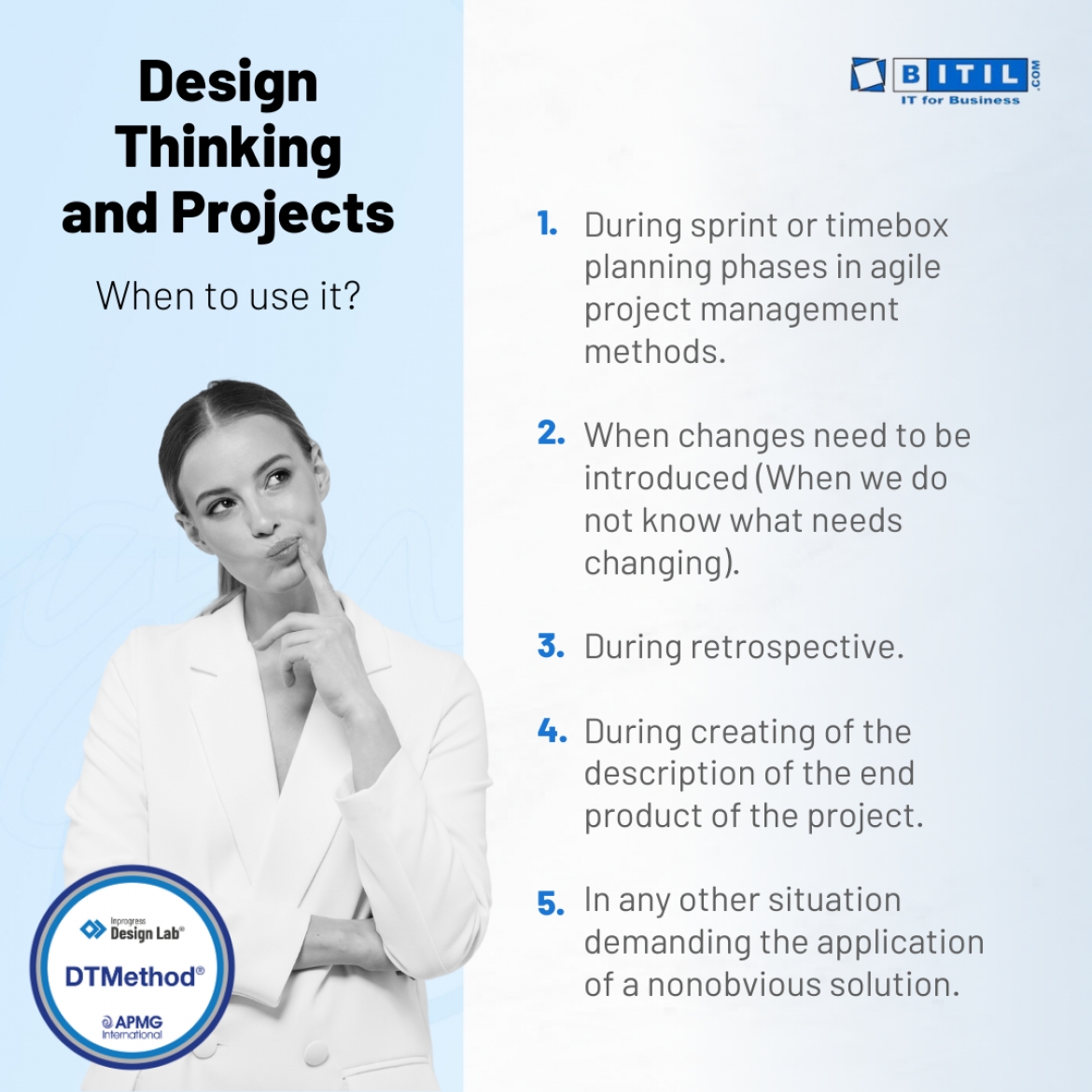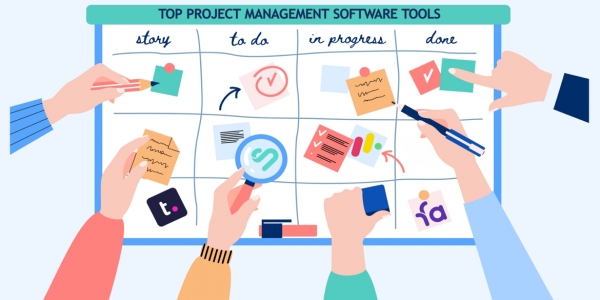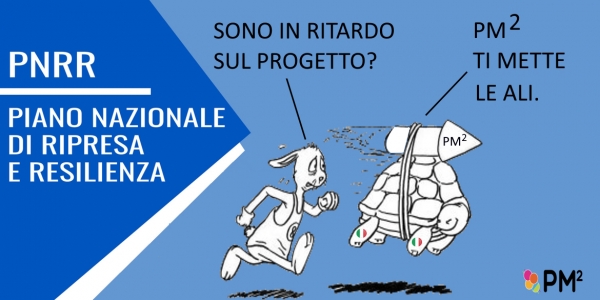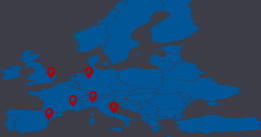Unlocking Success with Design Thinking in Project Management
As project managers, we navigate a dynamic landscape where challenges often defy straightforward solutions. Enter Design Thinking, a powerful methodology that transcends traditional problem-solving approaches. Let’s delve into when and how to wield this creative tool in our project management arsenal.
What Is Design Thinking?
Design Thinking is more than a buzzword; it’s a mindset. At its core, it emphasizes understanding users, empathizing with their needs, and fostering collaboration. When applied to project management, it breathes fresh air into our processes, making them more user-centric and innovative.
When to Embrace Design Thinking:
- Complex Challenges: When faced with intricate problems—ones where the problem domain remains elusive and solutions aren’t readily apparent—Design Thinking shines. It encourages exploration, experimentation, and active listening.
- Human-Centered Challenges: Projects that hinge on user acceptance demand a human-centered approach. Design Thinking helps us uncover insights by observing user behavior, leading to better project outcomes.
Benefits of Design Thinking in Project Management:
- User Satisfaction: By putting users at the heart of our process, we enhance satisfaction and engagement.
- Innovation: Design Thinking sparks creativity, leading to novel solutions.
- Risk Reduction: Iterative prototyping and testing minimize costly mistakes.
- Collaboration: It fosters open-mindedness and teamwork.
When Not to Use Design Thinking:
- Complicated Problems: If your challenge is merely complicated (with many variables and information), opt for other methodologies. Design Thinking thrives in the realm of complexity.
- Definitive Endpoints: When your problem lacks a clear endpoint (think ongoing diversity and changing variables), explore alternative approaches.
Remember, Design Thinking isn’t a silver bullet—it’s a compass guiding us toward user-centric success. Let’s embrace it, iterate, and create projects that delight stakeholders!












